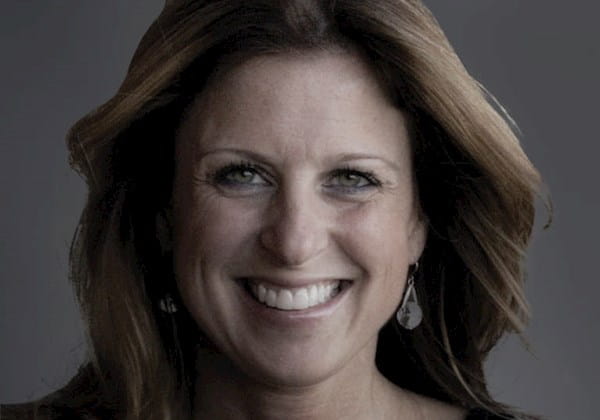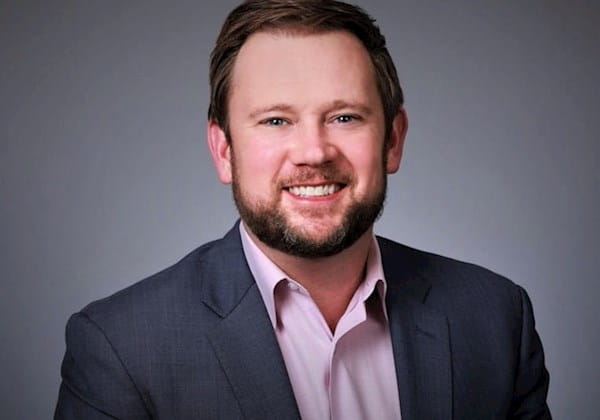Special Edition: Proven (and fast) cost reduction and growth strategies
West Monroe’s Marc Tanowitz, Beth Montag-Schmaltz, and Brian Reavell
Q&A
Let's start with opportunities to reduce costs. Can you share some examples where you've helped the client generate meaningful cost savings?
Marc: Right now, we're spending a lot of time with our clients looking at the agreements they have in place with their third-party service providers to identify opportunities for quick wins to drive near-term savings. Where is flexibility built into the agreement that may allow them to get more value-added services from their provider? Where are their opportunities maybe to rationalize spend or reduce consumption with that vendor built into the commercial construct of the agreement? And lastly, where might a review of the business practices that have been in place over the last year or more, where may there have been mistakes that need to be corrected in savings that can be captured there?
What our clients don't always realize is that there are a lot of ways to be collaborative with their existing providers in order to drive savings based on the agreements that are already in place. And that could be things like adding more services, reducing the services that they take, or changing the risk profile and who's accountable for delivering what activities.
You mentioned taking a collaborative approach to third-party relationships. Some people may have a belief that it's adversarial to renegotiate an agreement–but it sounds like you're advocating for saying, “we're all in this together; let's collaborate and talk about what a win looks like for both parties.”
Marc: That's correct. And in the current state of outsourcing, the third-party providers have become truly strategic value-added providers that are bringing intellectual property, bringing tools, bringing products to the ways of working and the way the service is delivered. And our clients most often see that as a mutually beneficial relationship. Over the last 10 years, they’ve moved beyond looking at that as a buy-sell relationship and into something akin to strategic partner ranks. But sometimes it’s hard to find the line between internal versus external work being performed. And sometimes the relationships between the individuals have become so strong that just getting to the table to have the conversation about how to work differently or how to reduce cost can be difficult.
But most of the service providers really want a seat at that table determining the right solution for their client for the future. And in many cases, where we have a commercial relationship that was defined three to five years ago, the way the services were defined back then is likely different than the needs of the business today. And service providers don't want to become irrelevant; they recognize that if they don't have these conversations, they won't be able to deliver as much value.
When a company is looking at cost cutting, how have you seen this affect morale and engagement?
Beth: It's about the relationship. Whether it's partners, contingent workforce, or your own employees. It's about having an open channel of communication. We learned a lot during COVID about managing through uncertain times. I've been reflecting on that experience a lot during this particular time, and one of the things that we learned is leaning in with empathy. That means being curious, communicating early, providing the business rationale for why something is happening. I find more often than not, when someone (especially leaders) will ask, “how are you doing?” The answer is, “I'm fine. It's fine. Everything's fine.” You never really get a true answer. So instead, let's flip the script and get a little bit deeper into some of those curious questions–what are the greatest challenges for you and your team working during this time? What's keeping you up at night? What do you wish you had more time to do? Probing deeper and exploring ways that you can collectively improve the workplace.
Why do you think people neglect (or neglect to communicate) the why?
Beth: I think it's uncomfortable. There's a fear, if you will. I'm a little bit of a geek when it comes to the neuroscience behind why people behave the way they do. Our amygdala is in high gear during times of uncertainty. And you can imagine coming through COVID. COVID feels like it was almost yesterday, right? So they're almost on auto fire.
Our brains make up these stories that are worst case scenarios when the reality probably isn't anything like that. So for supervisors, people managers at any level, leaders, and executives–even if it's clear and obvious to you, it may not be clear and obvious to everyone else in your organization. The more you can remember to reach out and communicate, there is no such a thing as over communicating during these times.
Let’s talk about moving from optimizing spend to optimizing growth opportunities. Could you give us some statistics on what you're seeing around sales effectiveness and an example of your work with a client that generated significant revenue growth?
Brian: The goal is getting the right product to the right customer at the right time. We've seen organizations struggle with not knowing their customer or not really understanding who their ideal customer is. In most cases, just by realigning coverage models to have the right roles interacting with the right universe of customers, you can get an uplift of close to 10%-15% on the top line. There’s an opportunity there to expand the share of wallet. In these organizational shifts or tweaks to territory design and coverage models, we've seen about a 20%-30% increase in share of wallet just by instituting some best practices and refining the way that they go to market.
That's one of the biggest challenges organizations are faced with: Using all these different data points and getting to know their base customers to understand where the opportunities lie.
”
Looking at the transaction history to pick apart some of the trends. Create some cohorts of customers, then map and reconcile that against your existing coverage and capacity. This helps them see where they performed well, and identify predictors of churn or potential growth areas in terms of cross sell, upsell or expansion. Realigning teams to pursue those opportunities in a data-driven environment is simplistic in theory, but a little bit difficult to execute in practice.
But that's one of the ways in which we've helped clients really grow top line hundreds of millions of dollars. And then that goes down into EBITDA, which could be different points of multiples for private equity-backed companies. So I think what we're seeing is a focus on data and a focus on how to best serve the customer, so that they can optimize the coverage model and then be able to go pursue where those opportunities lie.
That approach–looking at data, thinking about process enhancements, process improvements, coverage models–how long does that take? Knowing leaders are under pressure right now to deliver results and to deliver them quickly, how fast are you able to drive results for your clients?
Brian: So in one of the examples that I referenced prior, it was about a three-month process to identify and create an execution plan and a roadmap to go achieve those quick wins. I would say that there's a three to six month window of identifying and starting to take some steps in the transformation to be able to go get those numbers. That’s sort of the quick win end of it. For a longer-term transformation, those could be 12-18 months, depending on the size of the organization, to institute the change and capture the maximum value. That's typically the timeline we see–anywhere from a quarter to about a year or year and a half to fully achieve that potential. But there are quick wins that you can garner in the meantime just by tweaking the coverage model, aligning incentives, and making sure that you have role design and role clarity and not overspending for certain roles on the cost to serve basis.
We've heard a lot about change fatigue, that we seem to be moving from one crisis to the next, and it's a bit of a roller coaster of an experience for everyone. What did we learn from the pandemic and from various crises we've experienced that we should be applying today?
Beth: That it's okay to have these conversations at work. I've said this my entire career, and I think it's really coming to fruition now, that it's okay to talk about the number one “F-word” in business, which is feelings. I would encourage those conversations and not be fearful of them. Something as simple as taking a pause before a meeting starts so folks can collect themselves from the last hard meeting going into the next hard meeting. And recognizing that we are in this together. Those things that we learned during COVID, just dust them off a little bit if you haven't been using them in the last few months. Because I think we did get better around empathy and leading through turbulent times.
At West Monroe, we have a custom of going around the horn to check in and to learn from one another. To wrap up our conversation, I'd love to go around the horn and ask something we ask at the end of every episode of This is Digital: What does digital mean to you?
Marc: To me, digital means that we're decentralizing decision making, driving accountability to lower levels of the organization and becoming more rules-based and predictable so that we understand the outcomes that we can achieve and let everyone be a part of that.
Brian: To me, it's sort of the modern distributed operating platform where you reduce friction from communications to transactions, whether it's a marketplace or internal or external communications. You're really allowing for and facilitating a more seamless environment and more asynchronous communication and fostering better outcomes.
Beth: For me, it really comes back to something I've always called “change X.” And it's that blurring of personal and professional. Think of a device as simple as your smartphone, on which you conduct both business and personal life. And in this digital world, that blurring of lines is exponential–and I think we need to say it's okay. It's okay that we now work in a very different world than we did before.
Related Content
This is Digital
West Monroe's team of experts and guests pull back the curtain on how to build digital throughout an organization. Through real-world examples, you will learn how to spot digital transformation in real life, and how to make small decisions every day that make a big impact on growth.












